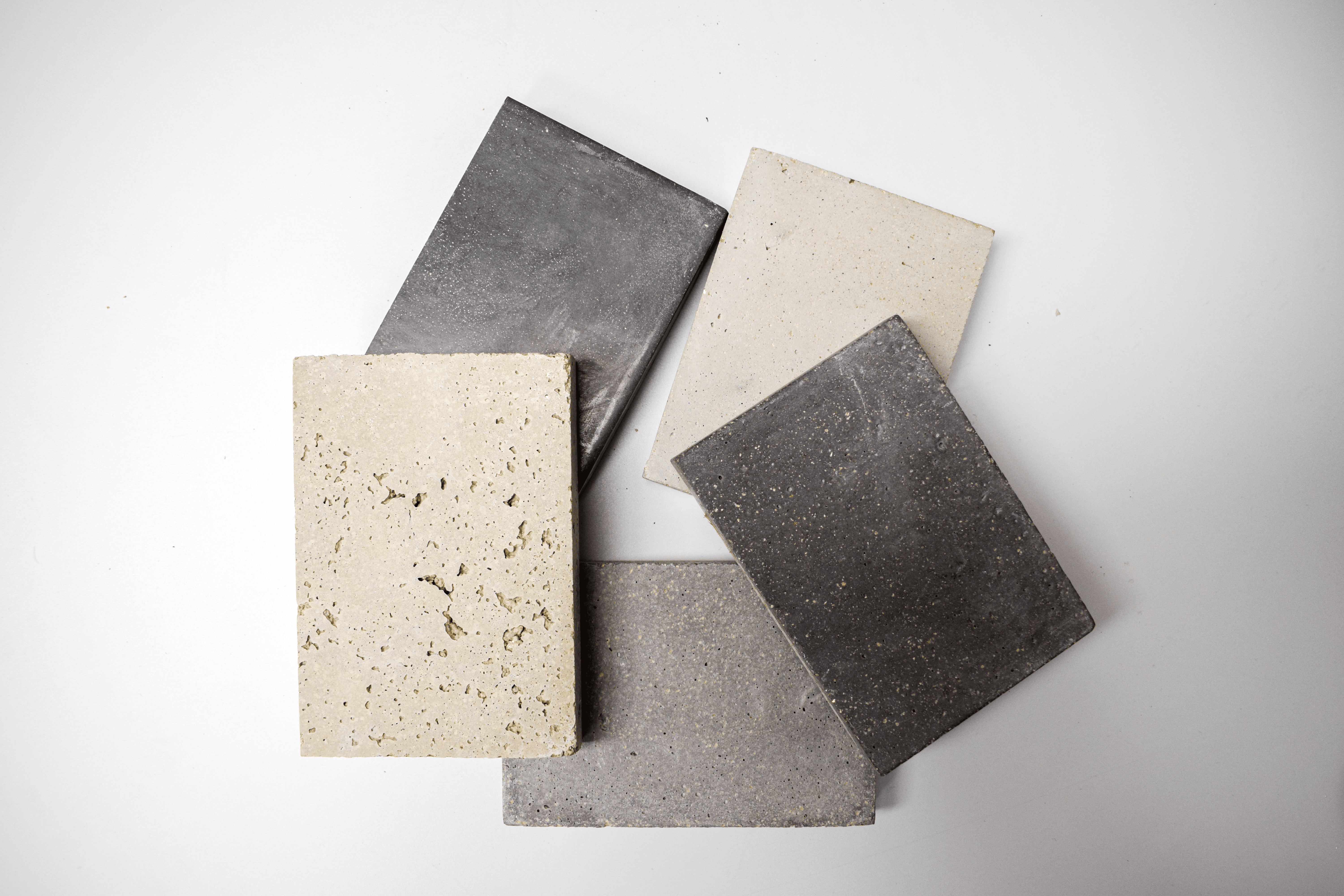 The thought of wallpapering may intimidate a lot of people, but with new types of wallpaper and adhesives it’s becoming a lot easier to finish a room yourself. That said, you’ll still need to plan ahead when it comes to hanging wallpaper. The more planning you do, the less likely you’ll end up with unsatisfactory results. In this article we’ll go over four things to plan before wallpapering.
The thought of wallpapering may intimidate a lot of people, but with new types of wallpaper and adhesives it’s becoming a lot easier to finish a room yourself. That said, you’ll still need to plan ahead when it comes to hanging wallpaper. The more planning you do, the less likely you’ll end up with unsatisfactory results. In this article we’ll go over four things to plan before wallpapering.
Wall Preparation
Whether you have regular drywall or a soundproofed wall, removing any existing wallpaper will make it much easier to get a smooth and bubble-free application of the new covering. If your walls are freshly plastered you’ll want to make sure to apply a wall sealer before hanging any wallpaper. This will allow the wallpaper paste to adhere much more easily. You’ll need to degloss any walls that have a high gloss paint as the paste won’t stick to it very well. You might want to consider hanging lining paper as well to prevent the wallpaper from shrinking when it dries. It will also help disguise any stains or imperfections in the wall.
How Much Wallpaper Do You Need?
There are plenty of online calculators that make it easier to decide how much wallpaper you actually need. Give yourself at least 10% extra to make up for any spoiled pieces. You’ll also want a bit more than that if you’re using a large repeated pattern. Many shops will allow you to return unopened rolls, but check first to make sure.
Placing Seams
Poor seam placement can result in awkward patterns or unsightly lines in obvious areas. Examine your room and try to choose where the best places for the seams to fall will be. You’ll also want to plan where the last seam will be placed. It’s very likely any patterns won’t match up at the final seam, so having it fall in an inconspicuous place, such as overtop a door, will be to your advantage.
Where To Start?
Choosing the best place to start wallpapering can vary depending on the layout of your house. If there’s a dominant feature such as a fireplace or chimney, you might want to start there. If not, a corner can be a good place to begin.



No responses yet